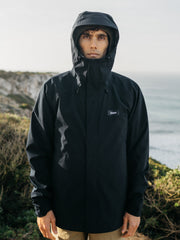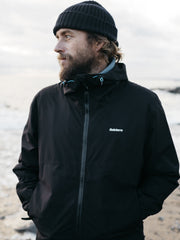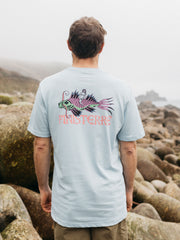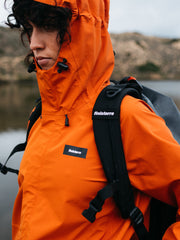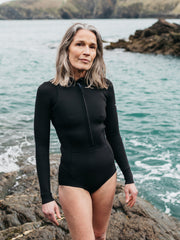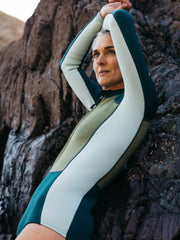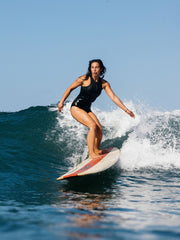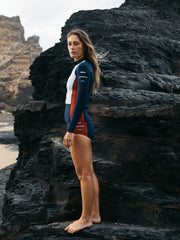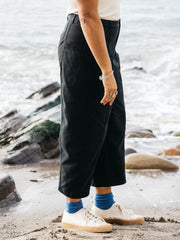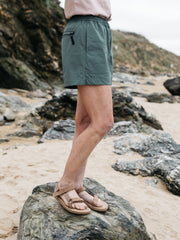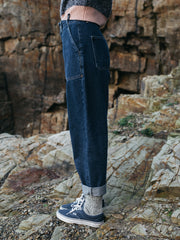Although the supermoon supercharges the sea and increases the danger, it also creates opportunities. From where I am sitting on Deal seafront, there is a lovely swim along the coast to my right (south) all the way to the village of Kingsdown - and it works particularly well at this moon phase. The distance is exactly 5.5km to a pub on the beach and if I were to try it now, with the current flowing north, I wouldn’t even get 500 metres. But if I wait for the turbulence on the post to get smaller, and then reappear on the right, that will tell me the currents are beginning to flow south and it is time to swim. On the days of the Full Moon, currents in Deal always reach their maximum speed around 6pm, accelerating to a supermoon speed of 3 knots. By coincidence that is 5.5km/h, so if you were to simply get in the water and go with the flow, you could drift to to the pub in exactly an hour, getting there just in time for happy hour.
This intense control of the sea by the moon is why people used to, and many countries still do, live by a Lunar calendar. However, in the sixteenth century the church wanted a new system that made it easier to timetable holidays around religious events. So they created the Gregorian calendar (named after Pope Gregory XIII who introduced it) that we live by today, with work on a Monday to Friday and the weekend on Saturday and Sunday. If you have a regular job, or kids at school, you are tied to this way of living and the problem is that you lose out on the windows of opportunity the lunar month presents. I have been pondering this problem for a few years now, but with children at school we have had no choice but to go with it - until we opted for ‘Boat School’ and moved onto a sailing catamaran for an extended cruise. This means we can experiment with the Lunar calendar, celebrating our days off at the main moon phases instead of weekends. In essence, we have become barbarians who worship the moon.
The advantage of living this way is that we can be more in tune with the natural world and the cycle of tides. After just a few weeks, my children, aged 2 and 5, already know what the moon phase is each day - mainly because they get a day off boat school when the moon is fully lit (Full Moon), half lit (First Quarter and Third Quarter), and not lit at all (New Moon). To balance working and travelling, the plan is to work a week either side of the New Moon and then explore a week either side of the Full Moon. This gives us a choice of Springs and Neaps for sailing, which helps passage planning because some routes work best on Spring Tides, while others are safest at Neaps. The other advantage is that the nights that we explore will be illuminated by the moon, helping spot hazards and reducing the risks. Perhaps this is the greatest gift a Full Moon gives us; because it happens when the moon is on the opposite side of earth to the sun, at night the moon’s face acts like a mirror and reflects the sun’s rays, guiding our trail of adventure.


